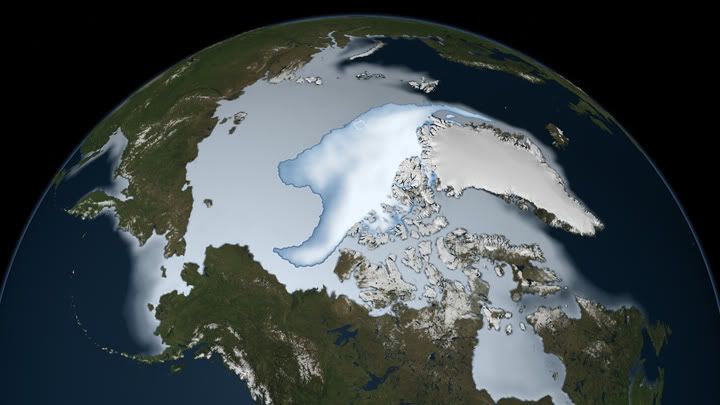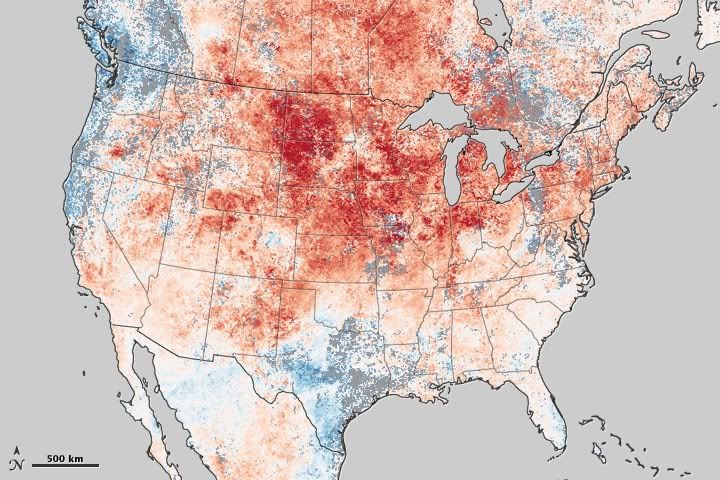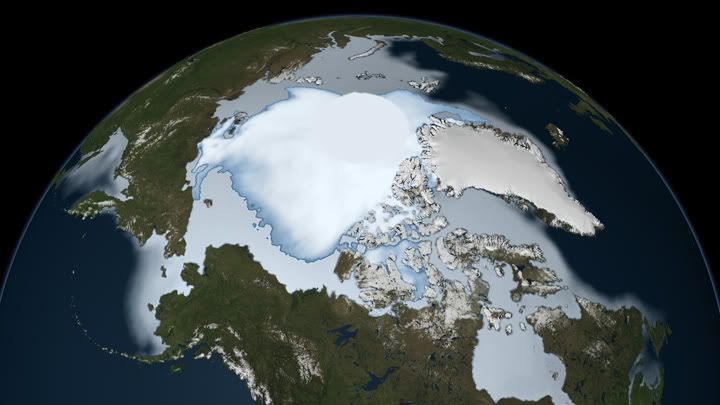
It’s March, I can’t believe I’m actually writing about awareness of heat exhaustion. But better safe than sorry, I thought so here are some helpful hints how to avoid your body from approaching distress due to heat and dehydration.
The body cools itself by sweating and allowing that sweat to evaporate. This requires enough fluid in the body to make sweat, air circulating across the skin, and low air humidity to allow that sweat to evaporate.
Heat exhaustion can progress to heat stroke when the body's temperature regulation fails. The affected individual becomes confused, lethargic and may have a seizure, the skin stops sweating and the body temperature may exceed 106°F (41°C ). This is a life-threatening condition and emergency medical attention is needed immediately.
The problem is solved if you are in an air conditioned room, so no need to go further about this. But for those who do not have air conditioning, or the elderly who do have air conditioning but as past experiences have shown, don’t turn it on because they didn’t feel “that” hot.
Some simple measurements can be applied to basically save your life.
A fan to keep the air well circulating, drinking water on frequent intervals, stop assertive physical work. A plant mister bottle to moisten yourself.
Should you feel yourself getting too hot, get into the shower for some minutes using tepid water. Your best friend during a heat wave is water. Even if you don’t feel too hot get into the shower on those very hot days, you’ll feel rejuvenated and your body can cope more efficiently during those heat waves.
Mark it on your fridge as a reminder if need be and enjoy the days ahead.
Wabbit
From NASA:
Historic Heat in North America Turns Winter to Summer
March 21, 2012
A huge, lingering ridge of high pressure over the eastern half of the United States brought summer-like temperatures to North America in March 2012. The warm weather shattered records across the central and eastern United States and much of Canada.
The unseasonable warmth broke temperature records in more than 1,054 locations between March 13–19, as well daily lows in 627 locations, according to Hamweather. Cities as geographically diverse as Chicago, Des Moines, Traverse City (Michigan), Myrtle Beach, Madison (Wisconsin), Atlantic City, New York City, and Duluth, (Minnesota) all broke records for high temperatures in recent days.

click on image to view large
A new study by NASA scientist Joey Comiso has found that the oldest and thickest Arctic sea ice is disappearing at a faster rate than the younger and thinner ice at the edges of the ice cap. The rapid disappearance of older ice makes the Arctic Ocean's sea ice cap more vulnerable to further decline.
Arctic multi-year ice “extent”—which includes all areas where at least 15 percent of the ocean surface is covered by multi-year ice—has been vanishing at a rate of –15.1 percent per decade, Comiso found. Over the same period, the “area” covered by multi-year ice—which discards open water among ice floes and focuses exclusively on regions that are completely covered—has been shrinking by –17.2 percent per decade. The findings were published in February 2012 in the Journal of Climate.
The images above show sea ice coverage in 1980 and 2012, as observed by passive microwave sensors on NASA’s Nimbus-7 satellite and by the Special Sensor Microwave Imager/Sounder (SSMIS) from the Defense Meteorological Satellite Program (DMSP). Multi-year ice is shown in bright white, while average sea ice cover is shown in light blue to milky white. The data shows the ice cover for the period of November 1 through January 31 in their respective years.
The thickest “multi-year” ice survives through two or more summers, while young, seasonal ice forms over a winter and typically melts just as quickly as it formed. Scientists also describe a third category: “perennial” ice is all ice cover that has survived at least one summer. All multi-year ice is perennial ice, but not all perennial ice is multi-year ice.
Comiso found that perennial ice extent has been shrinking at a rate of –12.2 percent per decade, while its area is declining at a rate of –13.5 percent per decade. These numbers indicate that multiyear ice is declining faster than the perennial ice that surrounds it.
As perennial ice has retreated over the past three decades, it has opened up new areas of the Arctic Ocean that could then be covered by seasonal ice. A larger volume of seasonal ice meant that a larger portion of it could make it through the summer to form second-year ice. This is likely the reason why the perennial ice cover, which includes second year ice, is not declining as rapidly as multiyear ice cover, Comiso said.
“The Arctic sea ice cover is getting thinner because it’s rapidly losing its thick component,” Comiso said. “At the same time, the surface temperature in the Arctic is going up, which results in a shorter ice-forming season. It would take a persistent cold spell for multi-year sea ice to grow thick enough again to be able to survive the summer melt season and reverse the trend.”
Wish you all a good week and a safe one.
Wabbit (Trudi)


No comments:
Post a Comment